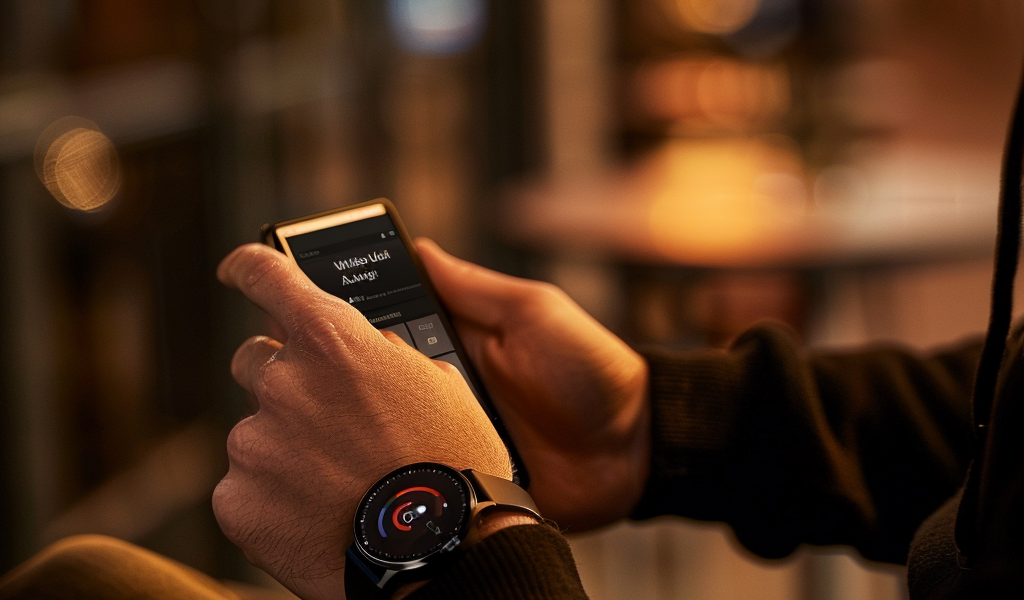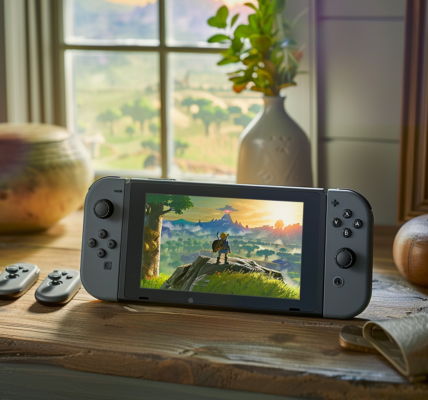Google is reportedly working on enhancing its Watch Unlock feature by incorporating ultra-wideband (UWB) technology, according to code strings discovered in the Play Services app. Watch Unlock is currently a Pixel-exclusive feature that automatically unlocks a user’s smartphone when it is in close proximity to their watch. The feature relies on Bluetooth connectivity, which can sometimes be unreliable.
The potential shift to UWB connectivity for Watch Unlock is expected to offer more precise and faster distance measurement between the Pixel Watch and a paired Android phone. Code snippets within the Play Services app suggest that the feature may transition from Bluetooth to UWB connectivity, with references to the feature being termed as ActiveUnlock and including strings such as ActiveUnlock__enable_uwb_ranging and ActiveUnlock__enable_uwb_ranging_validation.
Given that Watch Unlock is currently limited to Pixel devices, the speculated move to UWB connectivity implies the release of a smartwatch with UWB support. Although the Google Pixel Watch 2 was rumored to include a UWB chip, it was reportedly omitted from the final version. However, it is anticipated that the upcoming Pixel Watch 3 will integrate a UWB chip to complement the upgraded Watch Unlock feature.
Utilizing UWB for Watch Unlock is anticipated to enhance the speed at which a phone can unlock upon detecting the paired watch nearby. To leverage this functionality, users will require a smartphone and a smartwatch with UWB support. The likelihood of the Pixel Watch 3 incorporating a UWB chip is high, as suggested by the references to UWB found in the Play Services app.
Moreover, 9to5Google discovered additional references to UWB in the Play Services app, detailing scenarios where UWB may be unavailable and the resulting impact on Watch Unlock functionality. These findings indicate Google’s concerted efforts to advance the capabilities of its wearable technology through the integration of UWB, potentially setting a new standard for seamless connectivity and user experience.





